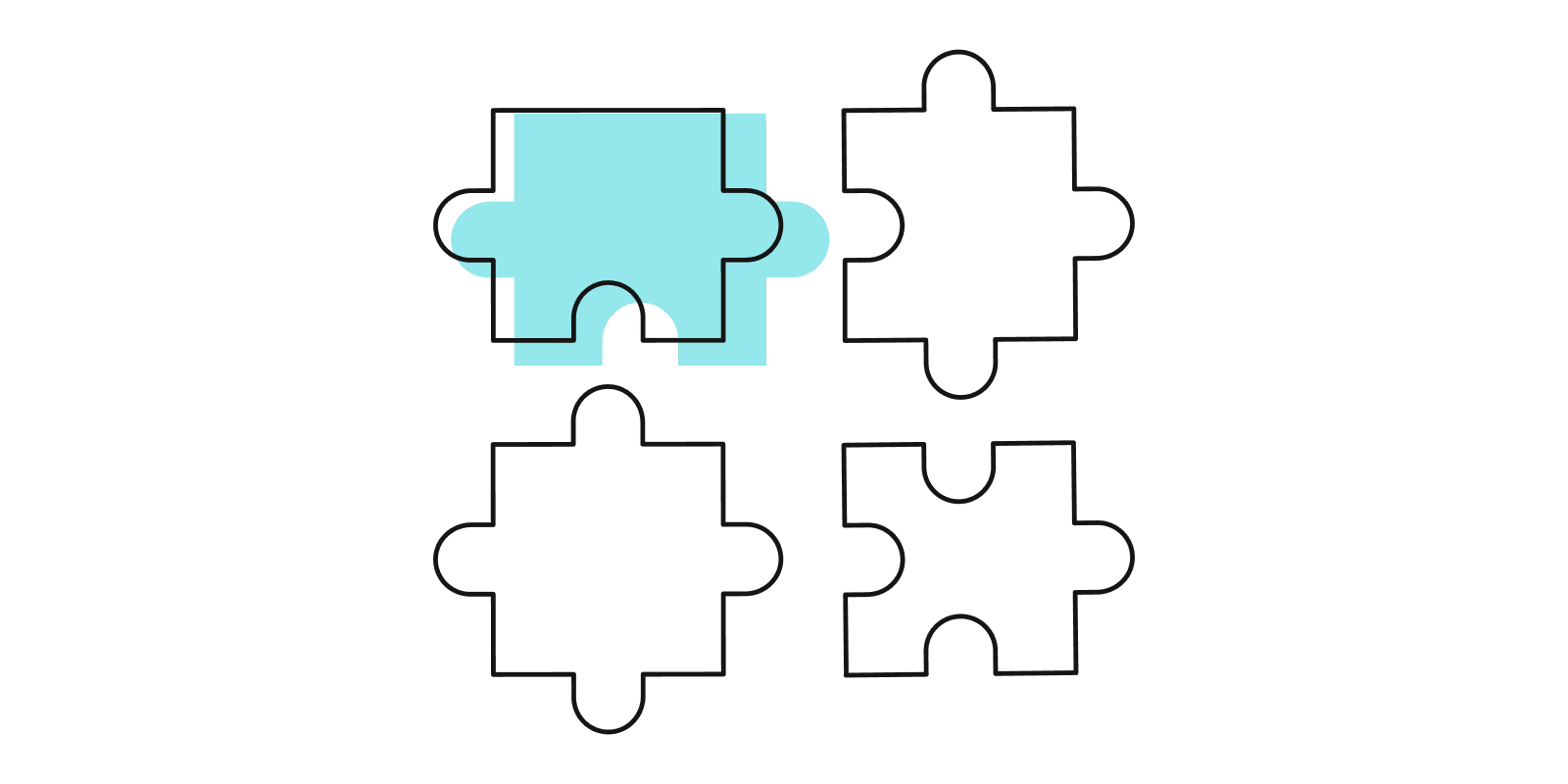The four biggest takeaways from a new national survey on K–12 assessments: What’s working, what isn’t — and how AI is changing the game
by

The focus on assessment has intensified in K–12 education. With math and reading scores at historic lows, most states have required more assessments. But how well are classroom assessments working? Where are educators seeing success with assessments? Where do they need to improve? What challenges do they face? How is their use of assessments evolving, especially as artificial intelligence (AI) emerges?
A new national survey of K–12 leaders and educators provides answers. Here are the four most important takeaways from the survey.
Read more





